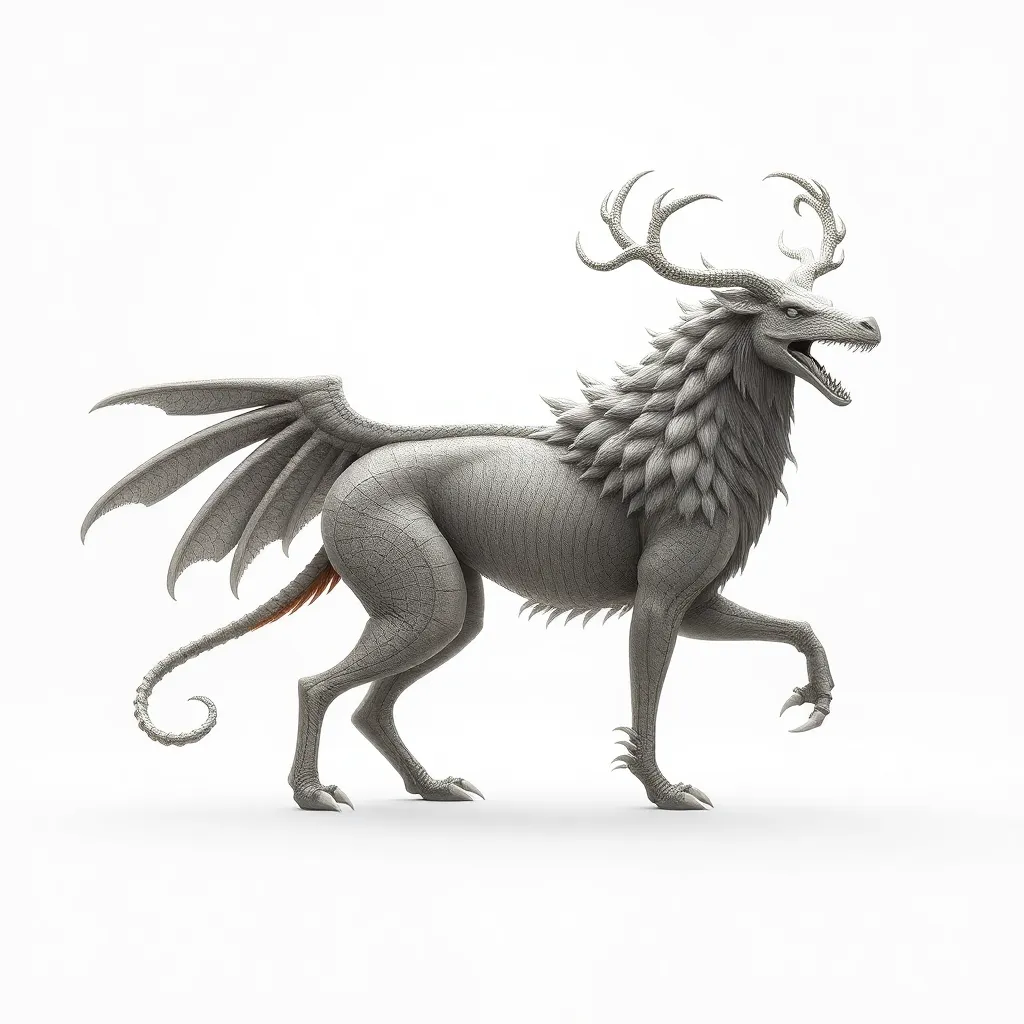The Role of Mythological Creatures in Greek Mythological Legacies
I. Introduction
Mythological creatures are fantastical beings that inhabit the stories and legends of various cultures, serving as symbols, moral lessons, and representations of the unknown. In the context of Greek mythology, these creatures form a significant part of the narrative landscape, embodying the beliefs, fears, and aspirations of ancient Greek society.
Greek mythology itself comprises a vast collection of tales involving gods, heroes, and creatures, each contributing to a rich tapestry of cultural heritage that has permeated Western civilization. By studying these mythological beings, we gain insight into the values, traditions, and collective psyche of the ancient Greeks, as well as their lasting impact on contemporary culture.
II. The Origins of Greek Mythological Creatures
The origins of Greek mythological creatures can be traced back to the historical context of the ancient Greek world. As Greek civilization developed, so too did its mythology, influenced by earlier cultures such as the Minoans and Mycenaeans, as well as Near Eastern civilizations.
Throughout history, creatures in Greek mythology evolved, often reflecting the cultural exchanges that took place through trade, conquest, and migration. For example:
- The influence of Egyptian mythology introduced beings like the Sphinx.
- Mesopotamian myths contributed to the creation of hybrid creatures like the Lamassu.
- Cretan tales helped shape the Minotaur legend.
This evolution of myths and their creatures illustrates the dynamic nature of storytelling, as each generation adapted the tales to reflect their own values and experiences.
III. Prominent Mythological Creatures and Their Stories
Greek mythology boasts a plethora of mythological creatures, each with its own unique story and significance. Some of the key figures include:
- Minotaur: A half-man, half-bull creature that dwelled in the labyrinth of Crete, symbolizing the struggle between civilization and barbarism.
- Medusa: One of the Gorgons, her hair of snakes and petrifying gaze embody themes of transformation and the fear of the unknown.
- Cerberus: The three-headed dog guarding the gates of the Underworld, representing the boundary between life and death.
Each creature’s narrative conveys deeper meanings, often serving as cautionary tales or reflections of human traits. For example, the Minotaur’s story highlights the consequences of unchecked desires and the importance of overcoming one’s inner beast.
IV. The Role of Creatures in Greek Religion and Rituals
In ancient Greek religion, mythological creatures often served as representations of gods or as messengers of the divine. Many rituals and festivals were centered around these beings, reinforcing their significance in religious practice.
Some notable aspects include:
- Creatures like the Satyrs and Nymphs were associated with fertility and nature, celebrated during Dionysian festivals.
- Myths involving creatures were recited during religious ceremonies, helping to convey moral and ethical teachings.
- Artistic representations of these creatures adorned temples and public spaces, emphasizing their divine connections.
These practices underscore the impact of mythological creatures on the spiritual lives of ancient Greeks, intertwining their stories with the worship of gods and the observance of rituals.
V. Mythological Creatures as Moral and Ethical Lessons
Many mythological creatures embody moral dilemmas, serving as vehicles for ethical teachings. Their stories often illustrate the consequences of human actions, offering lessons on virtues and vices.
Examples of moral lessons include:
- The tragic fate of Icarus, who flew too close to the sun, warns against hubris and the dangers of overambition.
- Medusa’s transformation into a monster serves as a cautionary tale about the consequences of betrayal and abuse.
- Cerberus, as a guardian of the Underworld, represents the inevitability of death and the importance of respecting boundaries.
Through these narratives, ancient Greeks learned valuable lessons about human nature, morality, and the complexities of life.
VI. The Influence of Mythological Creatures on Art and Literature
The influence of mythological creatures extends beyond ancient texts and into the realms of art and literature. They have been depicted in various forms, from sculptures to paintings, and have inspired countless literary works.
Key points of influence include:
- In ancient Greek art, creatures like the Gorgons and centaurs were often portrayed in pottery and frescoes, showcasing their significance in the cultural narrative.
- Classical literature, such as Homer’s “Iliad” and “Odyssey,” features these beings prominently, embedding them in epic tales that explore heroism and adventure.
- In modern adaptations, mythological creatures continue to captivate audiences in films, novels, and video games, ensuring their relevance in contemporary culture.
The ongoing fascination with these creatures speaks to their timeless appeal and the universal themes they represent.
VII. The Psychological and Cultural Significance of Mythological Creatures
Mythological creatures hold psychological and cultural significance, often serving as archetypes that resonate with human experiences. They reflect societal fears, aspirations, and the complexities of the human condition.
Some aspects to consider include:
- Creatures like the Chimera symbolize the fear of the unknown, embodying the chaos and unpredictability of life.
- Archetypes such as the hero, the monster, and the trickster appear in various forms throughout myths, helping to shape cultural identity.
- The stories of these creatures encourage self-reflection and exploration of the human psyche, revealing our inner struggles and desires.
In this way, mythological creatures serve as mirrors to society, illuminating the values and challenges that define the human experience.
VIII. Conclusion
In summary, mythological creatures play a crucial role in the legacies of Greek mythology, offering insights into the ancient Greek worldview, moral lessons, and cultural identity. Their stories continue to resonate, influencing art, literature, and modern culture.
The enduring legacy of these creatures demonstrates the timeless nature of myth, inviting us to explore their narratives and relevance in today’s society. As we delve deeper into the world of Greek mythology, we uncover the profound connections between these fantastical beings and the human experience, encouraging further exploration of their stories and meanings.




